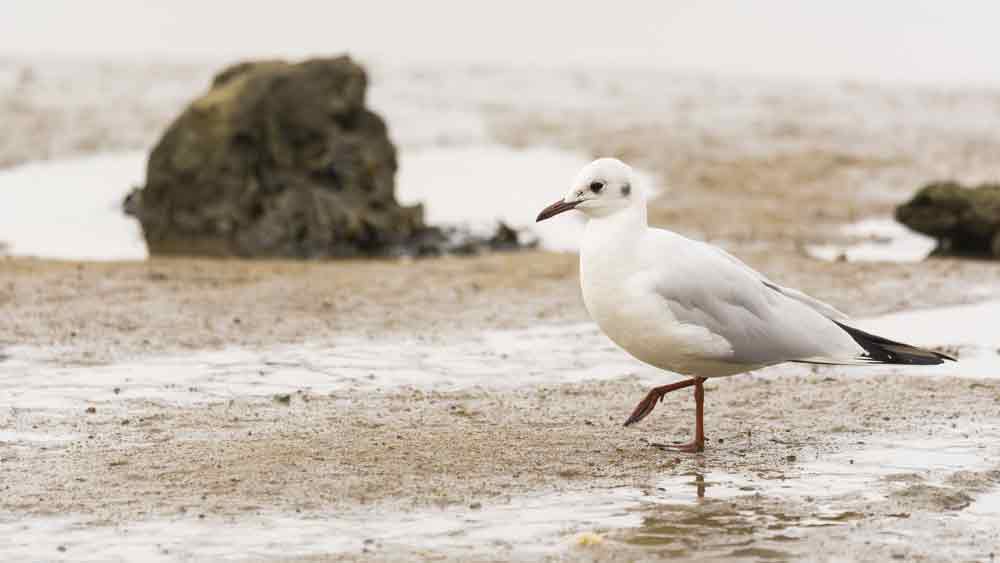
Canary islets oystercatcher also knew as the Canarian Oystercatcher, or Canarian black Oystercatcher is a shorebird which is substantially seen in the Fuerteventura, Lanzarote, and their coastal islands similar as Islote de Lobos and the Chinijo Archipelago in the Canary islets, Spain. The raspberry species is now considered to be defunct.
The oystercatchers are a group of waders forming the family Haematopodidae, which has a single rubric, Haematopus. They’re set up on beachfronts worldwide piecemeal from the polar regions and some tropical regions of Africa and South East Asia. The exceptions to this are the Eurasian oystercatcher, the South Island oystercatcher, and the Magellanic oystercatcher, which also breed inland, far inland in some cases. In the history there has been a great deal of confusion as to the species limits, with separate populations of all black oystercatchers being swung specific status but pied oystercatchers being considered one single species.
Taxonomy
The rubric Haematopus was introduced in 1758 by the Swedish naturalist Carl Linnaeus in 1758 in the tenth edition of his Systema Naturae to accommodate a single species, the Eurasian oystercatcher Haematopus ostralegus. The rubric name Haematopus comes from the Ancient Greek words haima αἳμα meaning blood, and pous πούς meaning bottom, pertaining to the red legs of the Eurasian oystercatcher; it had been in use since Pierre Belon in 1555. The family Haematopodidae was introduced( as the subfamily Haematopodinae) by the French naturalist Charles Bonaparte in 1838.
The common name oystercatcher was chased by Mark Catesby in 1731 for the North American speciesH. palliatus, which he described as eating oysters. Yarrell in 1843 established this as the favored term, replacing the aged name ocean pie
Description
The different species of oystercatcher show little variation in shape or appearance. They range from 39 – 50 centimetres( 151⁄2 – 191⁄2 elevation) in length and 72 – 91 cm( 281⁄2 – 36 in) in wingspan. The Eurasian oystercatcher is the lightest on average, at 526 grams( 1 pound 21⁄2 ounces), while the sooty oystercatcher is the heaviest, at 819 g( 1 lb 13 oz).( 10) The plumage of all species is moreover each–black, or black( or dark brown) on top and white underneath. The variable oystercatcher is slightly exceptional in being moreover each–black or spotted. They’re large, egregious, and noisy plover- suchlike catcalls, with massive long orange or red bills used for smashing or prying open molluscs. The bill shape varies between species, according to the diet. Those catcalls with blade– suchlike bill tips pry open or smash mollusc shells, and those with pointed bill tips tend to probe for annelid worms. They show sexual dimorphism, with ladies being longer- billed and heavier than males.
ADS
Feeding
The diet of oystercatchers varies with position. Species being inland feed upon earthworms and nonentity naiads . The diet of littoral oystercatchers is more varied, although dependent upon seacoast type; on arms, bivalves, gastropods and polychaete worms are the most important part of the diet, whereas rocky reinforcement oystercatchers prey upon limpets, mussels, gastropods, and chitons. Other prey particulars include echinoderms, fish, and cranks.
parentage
Oystercatcher sprats and eggs
Nearly all species of oystercatcher are monogamous, although there are reports of polygamy in the Eurasian oystercatcher. They’re territorial during the parentage season( with a many species defending homes time round). There’s strong mate and point dedication in the species that have been studied, with one record of a brace defending the same point for 20 times. A single nesting attempt is made per parentage season, which is timed over the summer months. The nests of oystercatchers are simple affairs, scrapes in the ground which may be lined, and placed in a spot with good visibility. The eggs of oystercatchers are spotted and cryptic. Between one and four eggs are laid, with three being typical in the Northern Hemisphere and two in the south. Incubation is participated but not proportionally, ladies tend to take further incubation and males engage in further home defence. Incubation varies by species, lasting between 24 – 39 days. Oystercatchers are also known to practice” egg jilting.” Like the ditz, they occasionally lay their eggs in the nests of other species similar as seagulls, abandoning them to be raised by those catcalls.
ADS
Conservation
The Canary islets oystercatcher came defunct during the 20th century. The Chatham oystercatcher is aboriginal to the Chatham islets of New Zealand and is listed as risked by the IUCN, while both the African and Eurasian oystercatchers are considered near threatened. There has been conflict with marketable shellfish growers, but studies have set up that the impact of oystercatchers is much lower than that of reinforcement cranks.


